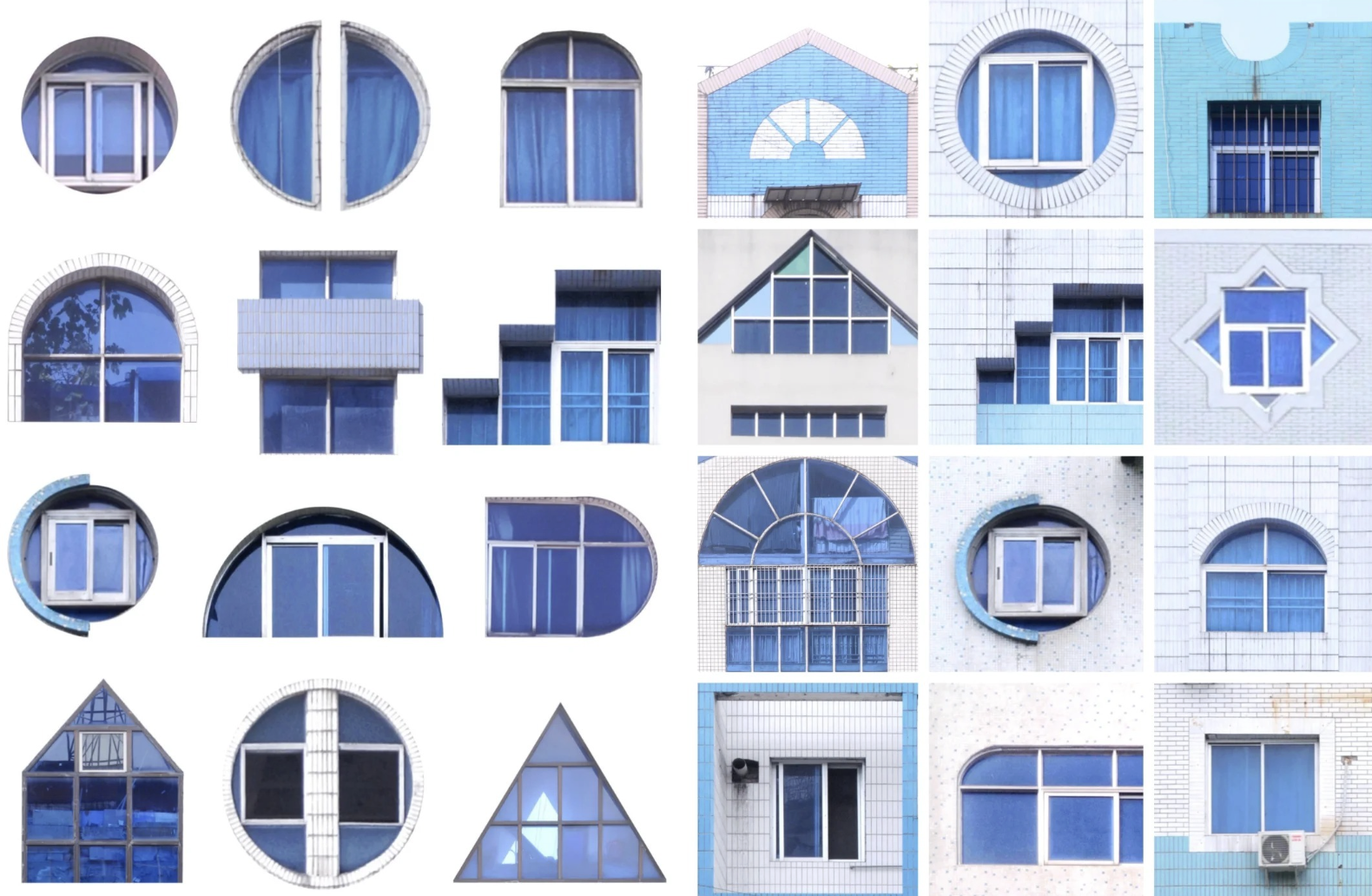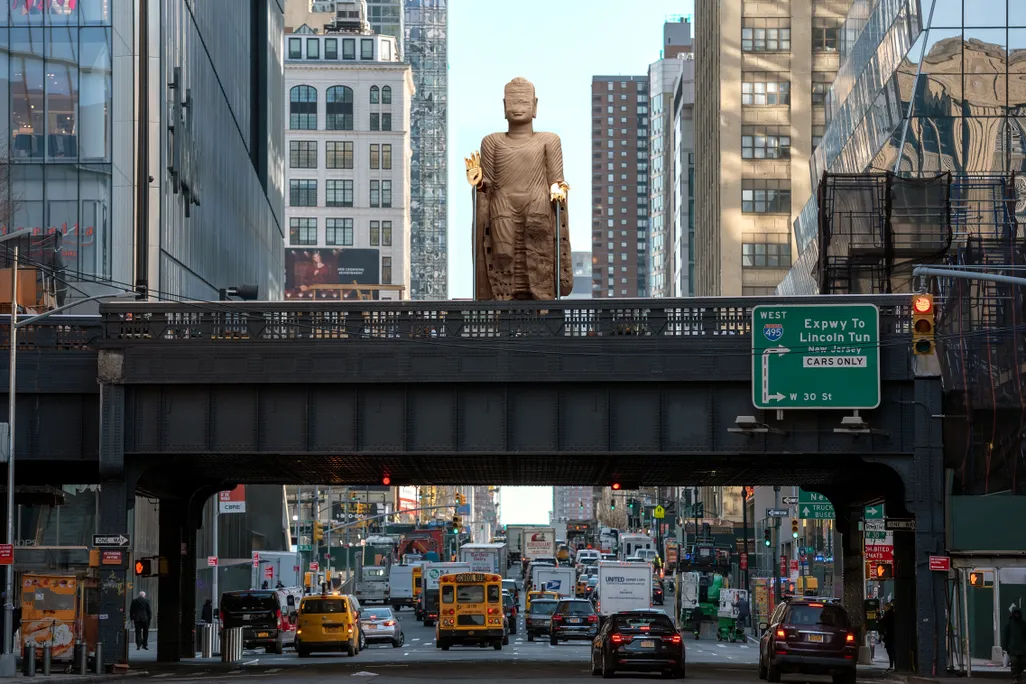With more entries hailing from China than ever before at this year’s World Architecture Festival (WAF), it’s perhaps not a surprise that China-based projects were among some of 2019’s award winners.
Bolstering the country’s reputation as something of an architect’s playground, there were more projects submitted for the WAF judges’ perusal from China than from any other nation. The projects ranged from revamped Beijing hutong courtyards and spectacular Huangshan hotels, to Chongqing art museums and bamboo-based community libraries in eastern China’s Jiangxi province.
Related:
 The Greener Grass: Can Bamboo Help China Build Sustainable Cities?In pockets of China’s construction scene, bamboo is considered “green gold” for its potential as a sustainable building materialArticle Jul 03, 2019
The Greener Grass: Can Bamboo Help China Build Sustainable Cities?In pockets of China’s construction scene, bamboo is considered “green gold” for its potential as a sustainable building materialArticle Jul 03, 2019
So who won what? Well, two projects set in Shenzhen — next door to Hong Kong — picked up awards.
One was the Vanke Liuxiandong Design Community by FCHA, which the judges praised as “A revolutionary project [that] built a new paradigm for the future of office buildings” having “transformed [a] corporate environment into one that welcomes the public.” The sustainability of the “Community,” which features rooftops covered in vegetation, was also recognized. The second was Shenzhen Bay Avenue by WilkinsonEyre and Morphis, a pedestrian walkway that threads a public path between buildings and down to the water:

Another waterside project, this time in Shanghai, picked up the Landscape of the Year Award at WAF 2019. Located beside the Huangpu River one of the city’s old industrial districts, the Demonstration Section of Yangpu Riverside Public Space by Original Design Studio was lauded for the way it “reconnects the city with the waterfront by reusing the material language of this historic site in an innovative way with excellent details.”

Demonstration Section of Yangpu Riverside Public Space by Original Design Studio © Su Shengliang Zhan Changheng Zhang Yong
Lao-Ju River Oasis Restoration of Riverfront Ecosystem, a project by Ecoland Planning and Design Corp in Linfen, a notoriously polluted city in Shanxi province, was also announced as the winner of the Landscape Rural category.

Lao-Ju River Oasis Restoration of Riverfront Ecosystem by Ecoland Planning and Design © Runzhou Park Construction Engineering Project Management Co., Ltd
Finally, the Gaobu Book House, located in rural Hunan province in China’s southeast (and pictured up top on this page), was also singled out for praise during the Festival. Completed by Condition Lab from the School of Architecture at the Chinese University of Hong Kong and UAL Studio from the School of Architecture and Urban Planning at Guizhou University, the building blends innovative architecture techniques with a keen sense of place.
As the judges had it:
“Gaobu Book House is totally intertwined with the community – a project that goes well beyond the actual building and demonstrates excellence of process. The engagement of two universities departments over five years, working to regenerate and stitch a community back together – like many rural towns and villages the working population has left behind their children with the grandparents, and this building provides the place to learn and play.
“Highly sensitive to local needs and skills, the project has enabled new thinking into how a building can be made using traditional techniques.”
Related:
 Building China: Why Does Chinese Architecture Favor Enclosure Over Openness?Enclosure and gating are key aspects of Chinese architecture, but are Chinese people naturally predisposed to shutting themselves away?Article Apr 16, 2019
Building China: Why Does Chinese Architecture Favor Enclosure Over Openness?Enclosure and gating are key aspects of Chinese architecture, but are Chinese people naturally predisposed to shutting themselves away?Article Apr 16, 2019
Find all the WAF 2019 winners here.
Cover photo Gaobu Book House by Condition Lab – School of Architecture CUHK & UAL Studio – School of Architecture and Urban Planning GZU; © Xu Liang Leon. All photos courtesy of WAF.
















